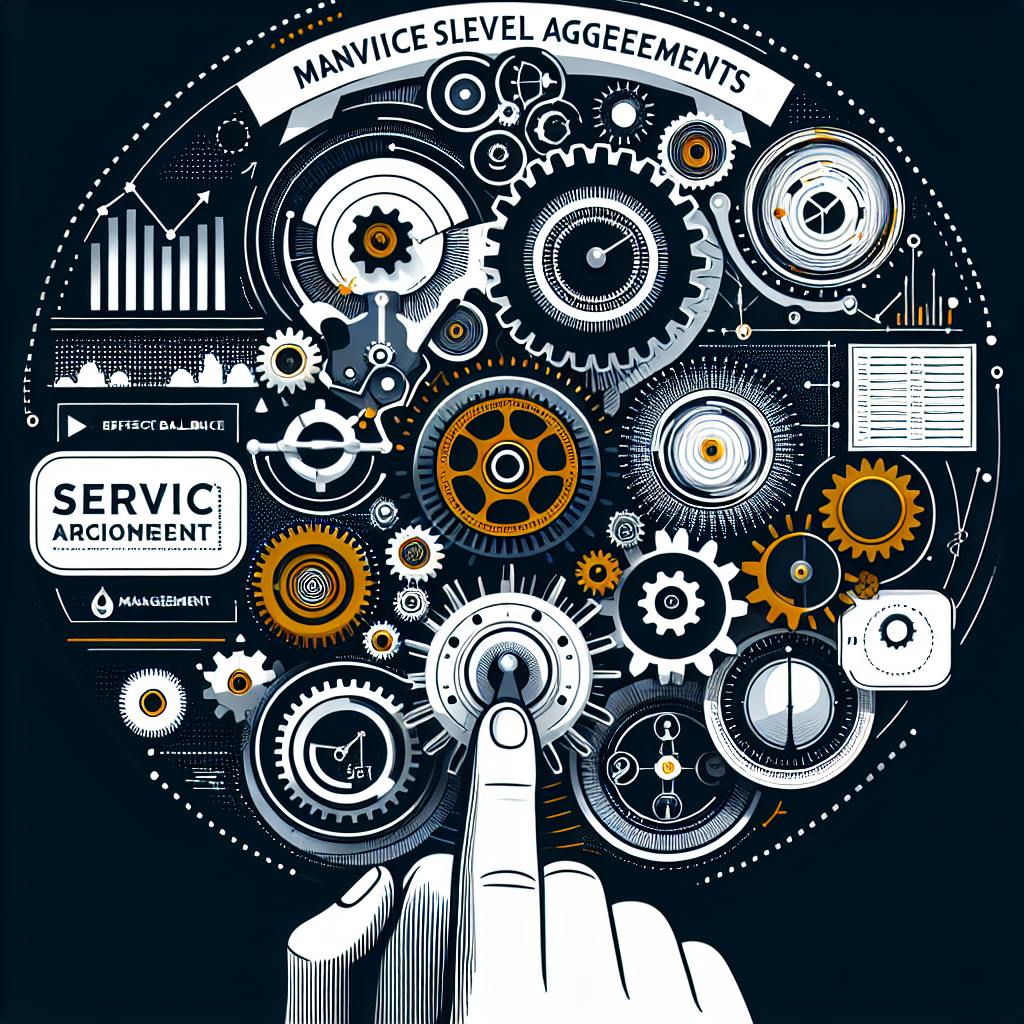Your cart is currently empty!
Best Practices for Managing Service Level Agreements (SLAs) in a Dynamic Environment

Service Level Agreements (SLAs) are essential documents that outline the expectations and responsibilities between a service provider and a client. In today’s fast-paced and ever-changing business environment, managing SLAs in a dynamic setting can be challenging. However, by following best practices, organizations can ensure that their SLAs are effectively managed and met.
1. Clearly Define Metrics and Objectives: The first step in managing SLAs in a dynamic environment is to clearly define the metrics and objectives that will be measured. This includes specifying the services to be provided, the performance standards to be met, and the consequences for failing to meet those standards. By clearly defining these metrics, both parties can align their expectations and ensure that the SLA is achievable.
2. Establish Realistic and Achievable Goals: When setting SLA targets, it is important to establish realistic and achievable goals. Setting goals that are too ambitious can lead to frustration and dissatisfaction, while setting goals that are too easy to achieve can undermine the value of the SLA. By setting realistic and achievable goals, both parties can work towards a common objective and ensure that the SLA is meaningful and effective.
3. Monitor Performance Regularly: In a dynamic environment, it is essential to monitor performance regularly to ensure that SLA targets are being met. This can be done through regular reporting and tracking of key performance indicators (KPIs). By monitoring performance regularly, organizations can identify potential issues and take corrective action before they escalate.
4. Communicate Effectively: Effective communication is key to managing SLAs in a dynamic environment. Both parties should have open and transparent communication channels to discuss any issues or concerns that may arise. Regular meetings and updates can help to ensure that both parties are aligned and working towards a common goal.
5. Adapt and Evolve: In a dynamic environment, it is important to be flexible and adaptable. SLAs should not be set in stone, but rather should be reviewed and updated regularly to reflect changing business needs and priorities. By adapting and evolving the SLA as needed, organizations can ensure that it remains relevant and effective.
6. Build Strong Relationships: Building strong relationships with clients and service providers is essential for managing SLAs in a dynamic environment. By fostering a culture of collaboration and trust, both parties can work together towards common goals and overcome challenges that may arise.
In conclusion, managing SLAs in a dynamic environment requires careful planning, clear communication, and a willingness to adapt and evolve. By following best practices and incorporating these principles into their SLA management processes, organizations can ensure that their SLAs are effectively managed and met, even in the face of constant change and uncertainty.

Leave a Reply